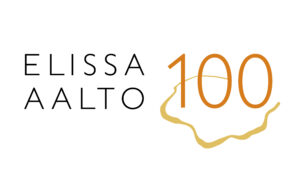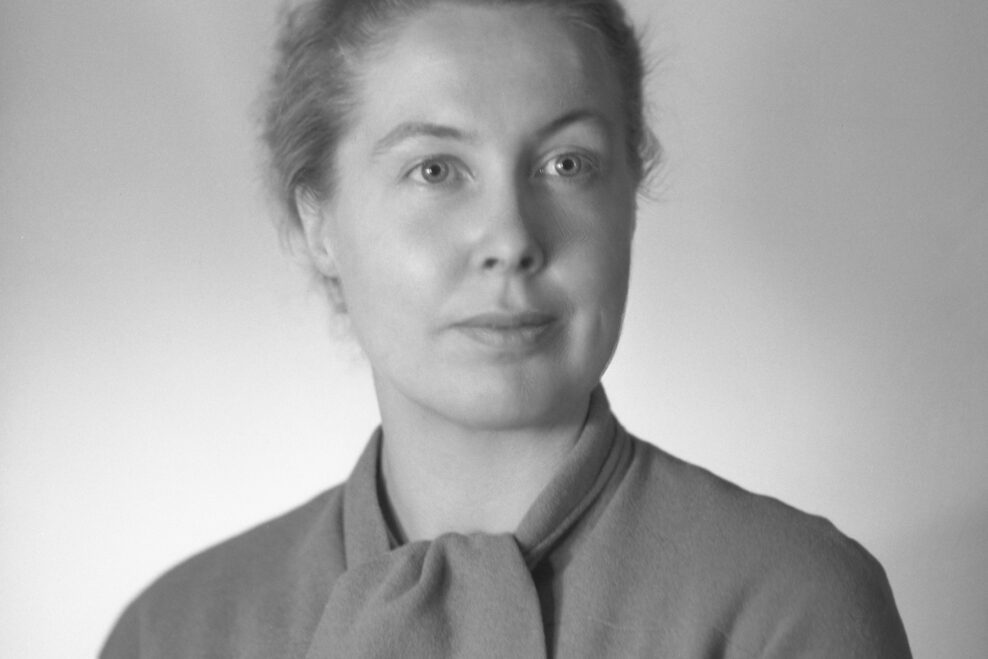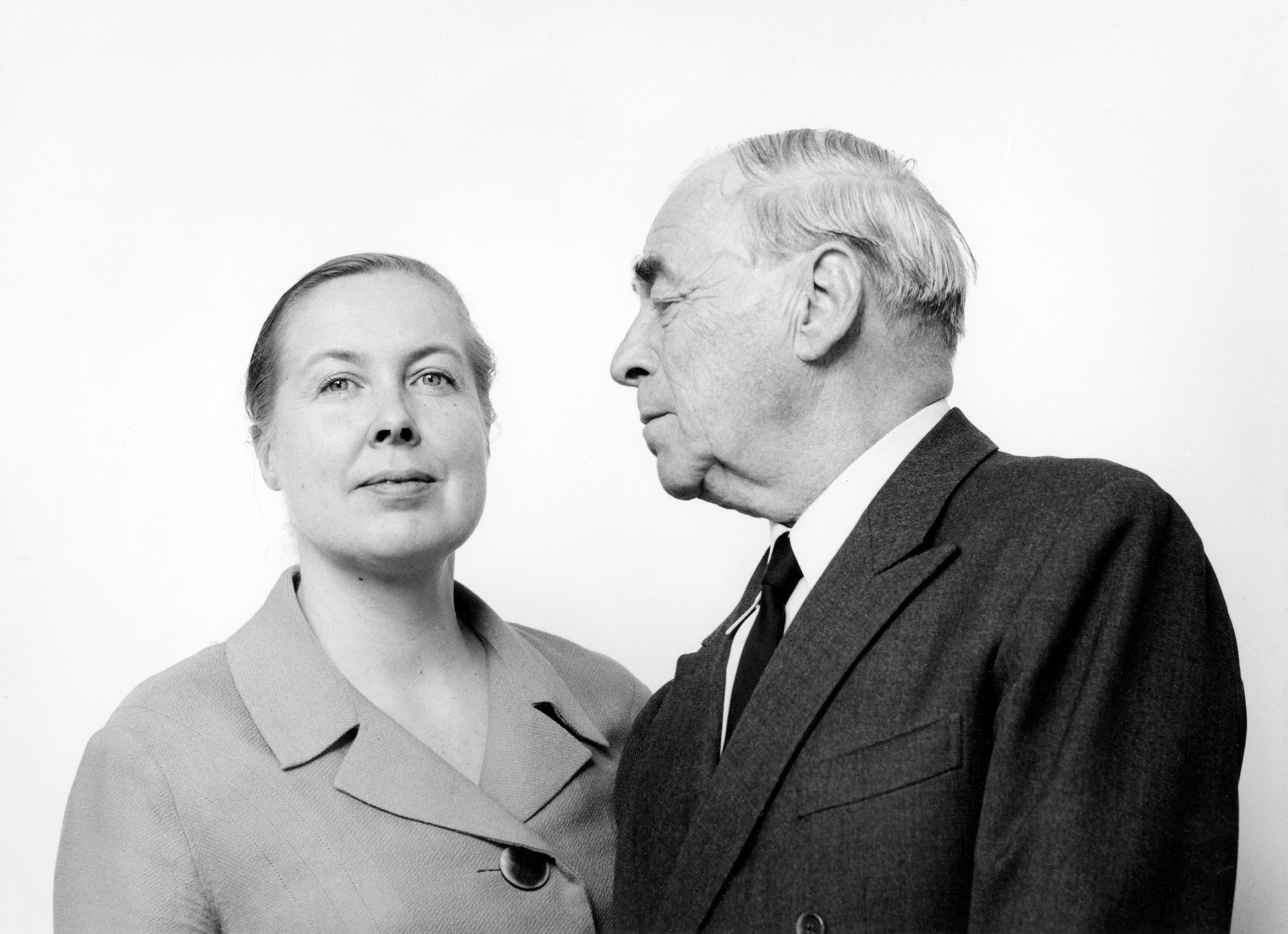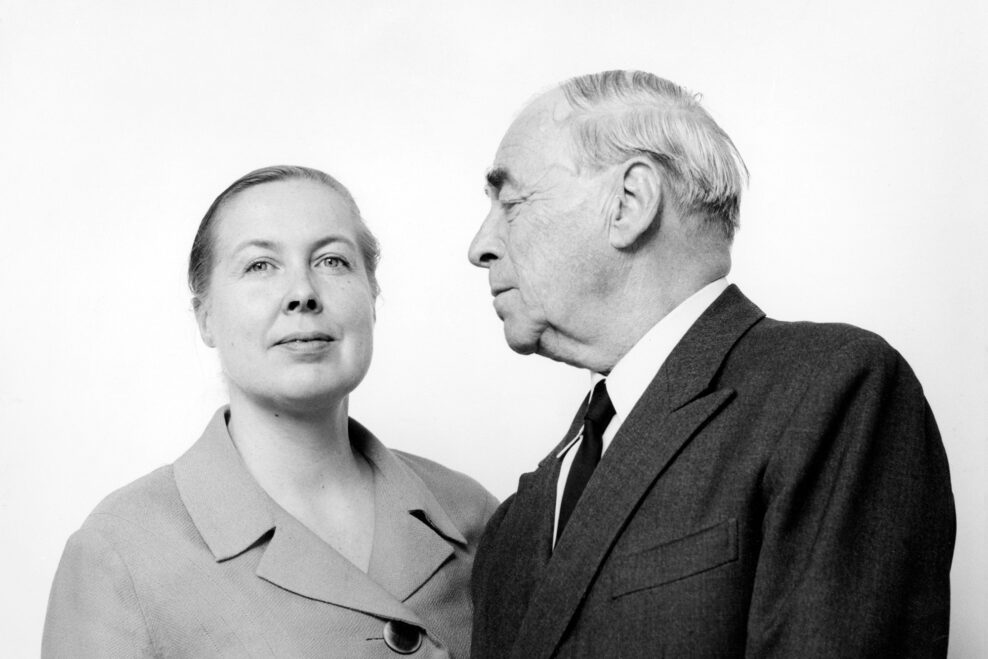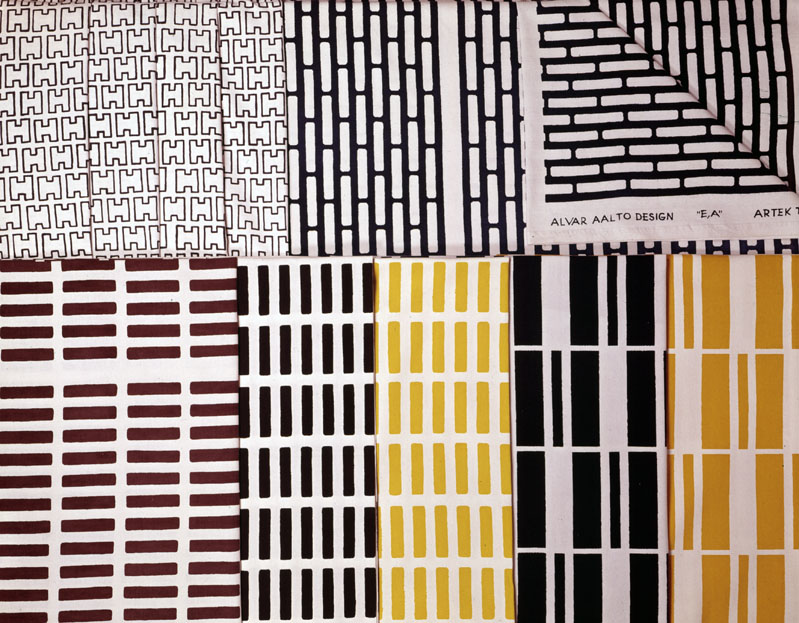The tenacious Elissa Aalto devoted her life to continuing and fostering Alvar Aalto’s life’s work
Exhibition opening, for anyone interested: Lappia Hall, 16:00–18:00, Friday, August 26.
In 2022 it is 100 years since the birth of Alvar Aalto’s second architect wife, Elissa Aalto. To commemorate the occasion the Alvar Aalto Foundation has produced Architect Elissa Aalto, a touring exhibition of the life’s work of this gifted, determined designer. The exhibition makes its debut at Lappia Hall, Rovaniemi, on 25.8–26.9.2022, and will then go on to tour Alvar Aalto cities around Finland. It sheds light on Elissa Aalto’s public and private role in the everyday life of Alvar Aalto’s architect’s office and alongside her famous architect husband.
The Mayor of Rovaniemi, Ulla-Kirsikka Vainio, is delighted to say this exhibition marks a new opportunity to show Alvar and Elissa Aalto’s life’s work and contribution to the development of Rovaniemi’s cityscape: “Aalto’s architecture is central to the day-to-day life of our city. The architecturally unique area around the Administrative and Cultural Centre that glows with Arctic light offers citizens a precious, pleasant place to meet, for which we also have to thank the continuer of Alvar Aalto’s life’s work, Elissa Aalto.”
Born in Kemi in 1922, Elissa Aalto (née Elsa Kaisa Mäkiniemi) graduated as an architect in 1949. She began working in Alvar Aalto’s architect’s office in the autumn of that same year, when it was working on some sizeable public commissions and several architecture competitions in Finland and abroad. As her responsibilities grew, Elissa was made supervising architect on a number of major building projects, the first being Säynätsalo Town Hall (1949–52). In between working, Alvar Aalto took a liking to his positive, vivacious co-worker, and their courtship led to marriage in 1952.
From the 1950s onwards, Elissa Aalto led the construction of the campus of Jyväskylä College of Education (now the University of Jyväskylä, 1951–71) and, being fluent in French, was put in charge of the building project for Maison Louis Carré (1956–65), a private house near Paris. She became a partner in Alvar Aalto Architects early on. In the following decades, Elissa Aalto was closely involved in the construction of the Nordic House culture centre (1962−68) in Reykjavik, Iceland, and in the interior design of the Finlandia Hall concert and congress centre (1962–75) on the shores of Töölönlahti Bay in Helsinki. Over the years, she developed into a skilled interpreter and mediator of Alvar Aalto’s ideas, a role that was accentuated when maintaining contacts during construction projects.
Elissa Aalto’s own architecture output was to be relatively small. Projects known to be her own, independent designs include the SOS Children’s Village in Tapiola, Espoo (1964–65) and the Villa Hauta-aho (1982–83) private house in Seinäjoki. In the 1950s, she made printed-fabric designs for Artek, such as H55, Pisa and Patio, in which architectural elements were playfully incorporated into geometrical shapes.
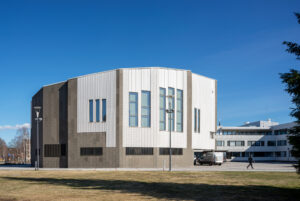
Rovaniemi Town Hall (1963–88). Photo Maija Holma © Alvar Aalto Foundation.
Elissa Aalto’s work reflects a forward-looking mindset
Elissa Aalto ran the office in 1976−1994, following her husband’s death, resolutely bringing several unfinished building projects to completion. She took charge of finishing, for instance: the Church of the Cross in Lahti (1969–79), which had long been on the drawing board; Santa Maria Assunta church (1966‒80) in Riola, Italy; and Essen opera house, the Aalto Theatre, in Germany (1959, 1983–88). She also oversaw the construction of Jyväskylä Theatre (1964–82), Seinäjoki Theatre (1981–87), Rovaniemi Town Hall (1963–88) and Lappia Hall (1961–75), thus completing the extensive city-centre plans created by Alvar Aalto.
Elissa Aalto also played a major role as a custodian of Alvar Aalto’s life’s work. She worked alongside Aalto and then as a continuer of his work for 45 years in all, right up until her death. “The numerous projects brought to completion and the series of carefully renovated valuable buildings are permanent landmarks to Elissa Aalto’s life’s work. She played a major role in the discussion about his architectural heritage and the preservation of his buildings, and was a co-founder of the Alvar Aalto Foundation in 1968,” says CEO of the Alvar Aalto Foundation Tommi Lindh. She was behind the transfer of the architect’s office’s drawing, photograph and document collection to the ownership of the Alvar Aalto Foundation, thus keeping it all in one place, and making it one of the world’s rare drawing collections to be preserved intact.
Elissa Aalto’s centenary is being commemorated at the Alvar Aalto Foundation in various ways during the year. Studio Aalto is showing a small-scale exhibition of Elissa Aalto’s life’s work, and there are guided tours with her in focus at the Foundation’s museum sites in Jyväskylä and Helsinki. To commemorate the anniversary the Foundation has launched the Elissa Aalto 100 product range. The Alvar Aalto Foundation is to publish a book about Elissa Aalto in the autumn. The centenary celebrations culminate on November 22, Elissa Aalto’s 100th birthday.
Touring exhibition: Architect Elissa Aalto
25.8–26.9.2022 Lappia Hall
Open Mon–Sat klo 12–18 and one hour before the performances.
Jorma Eton tie 8 A, 96100 Rovaniemi
Further information:
Executive Director Sari Alatalo
Rovaniemi Theatre
+358 (0)400 282 483
sari.alatalo@rovaniementeatteri.fi
Inquiries about exhibition content and media:
Elissa Aalto 100 centenary year coordinator Mari Forsberg
Alvar Aalto Foundation
+358 (0)50 325 1909
mari.forsberg@alvaraalto.fi
